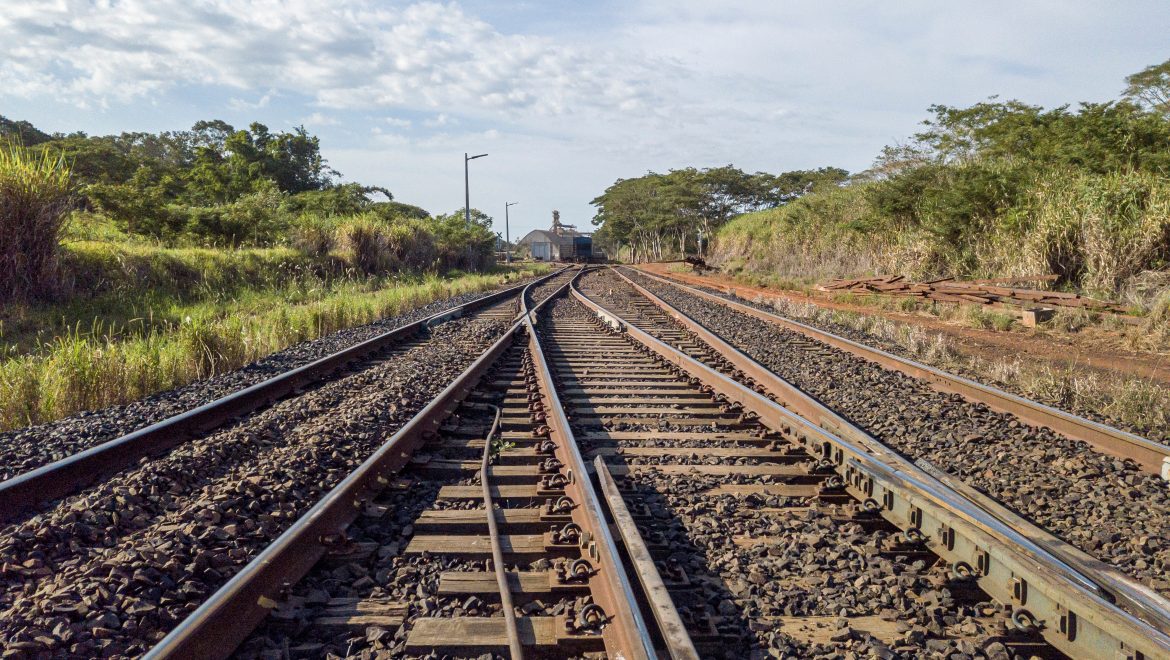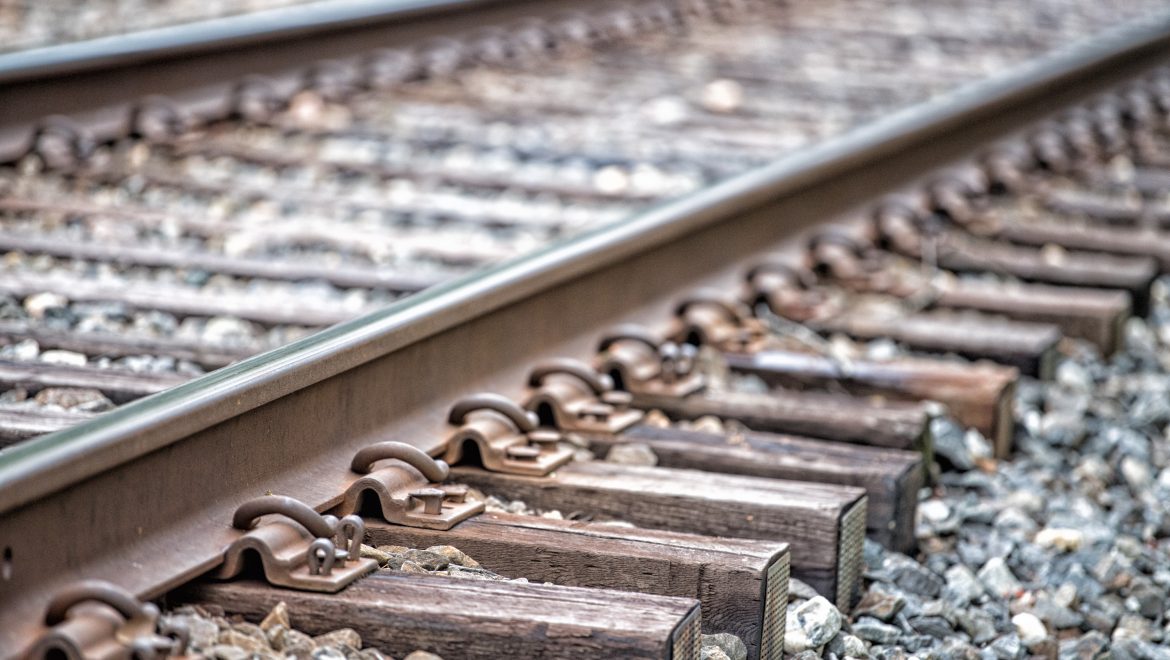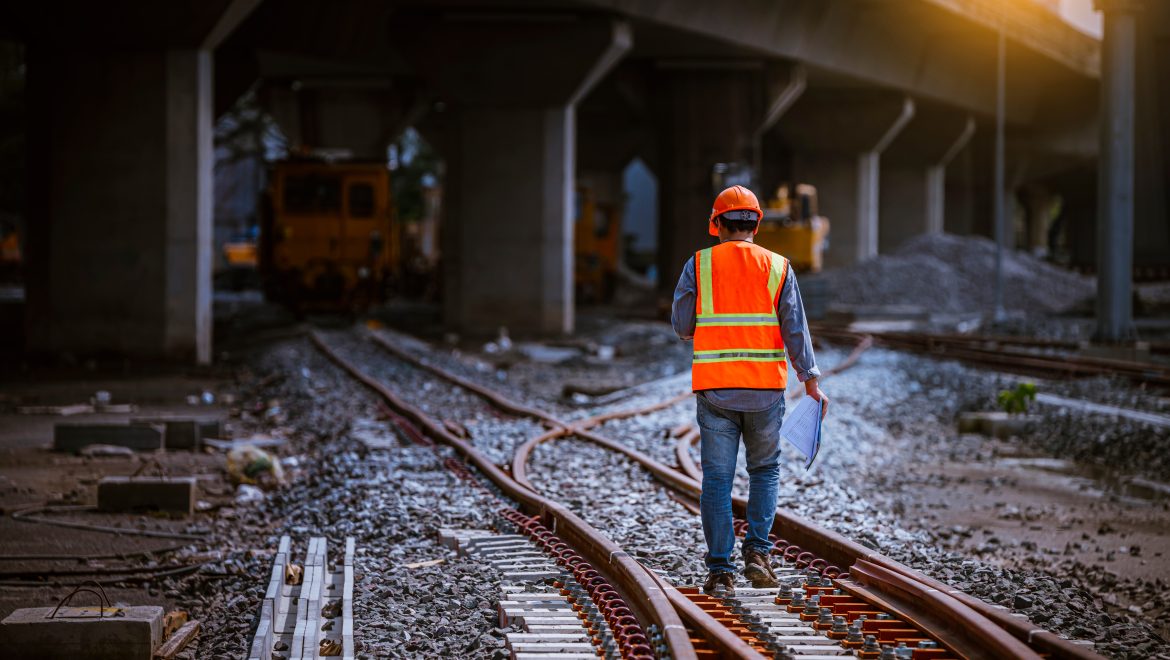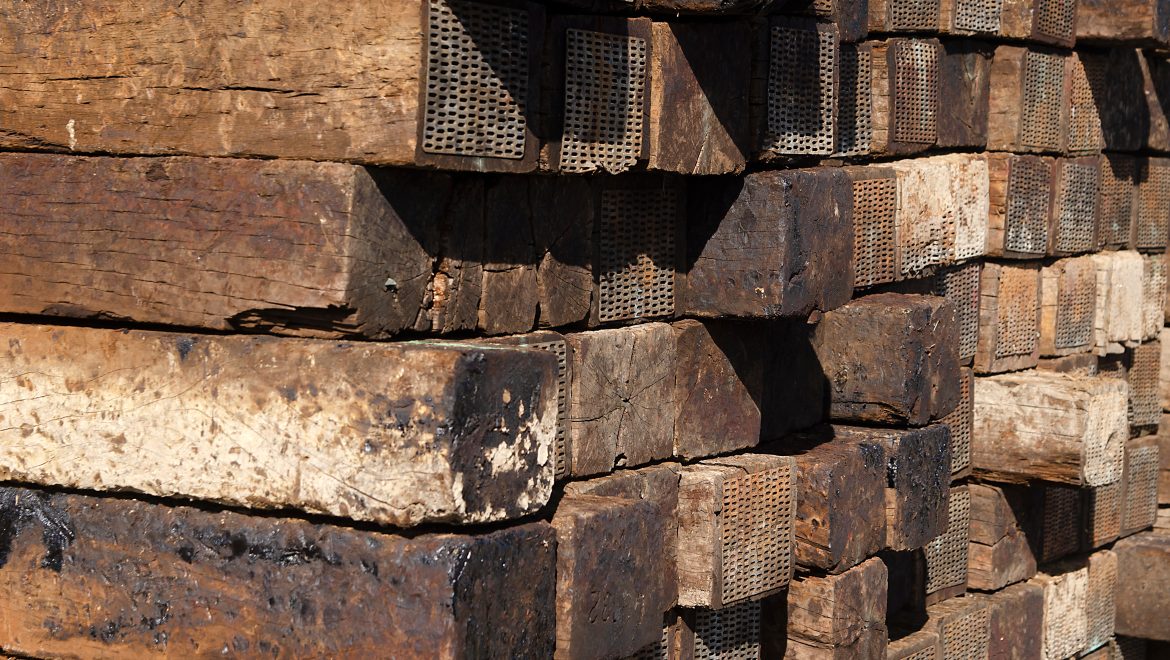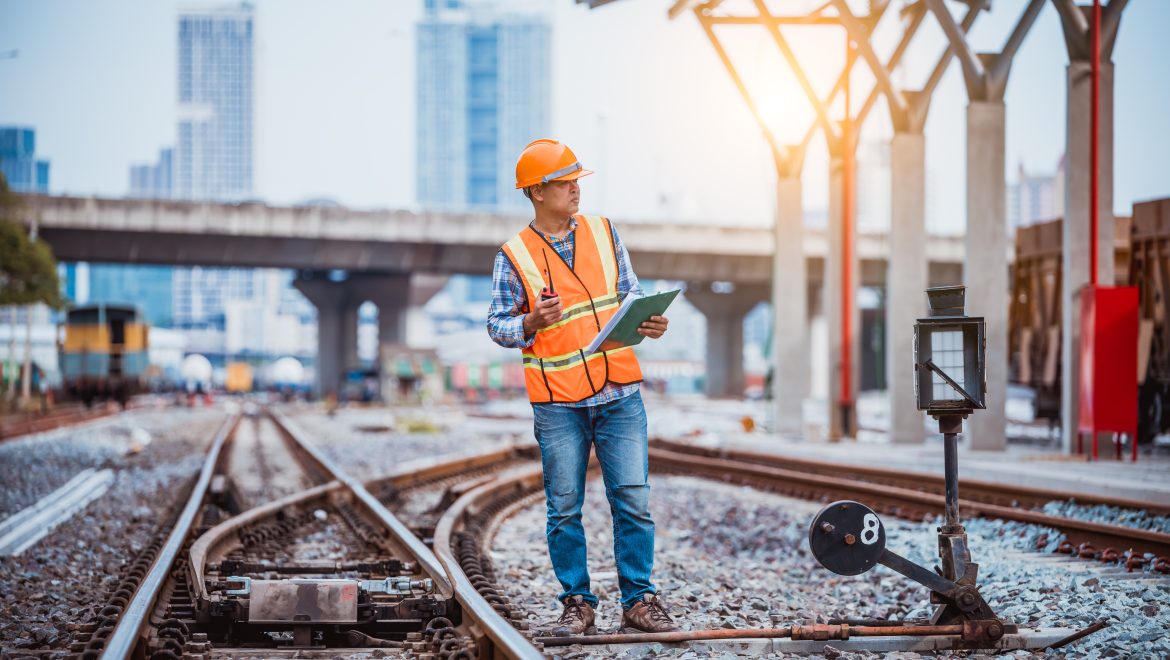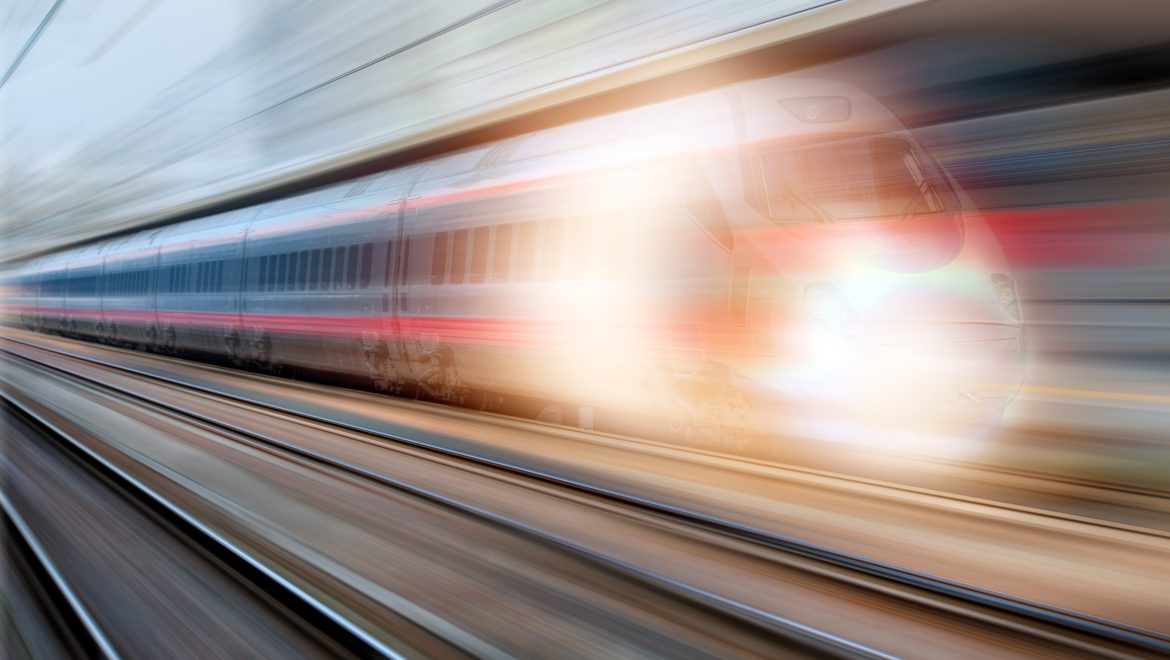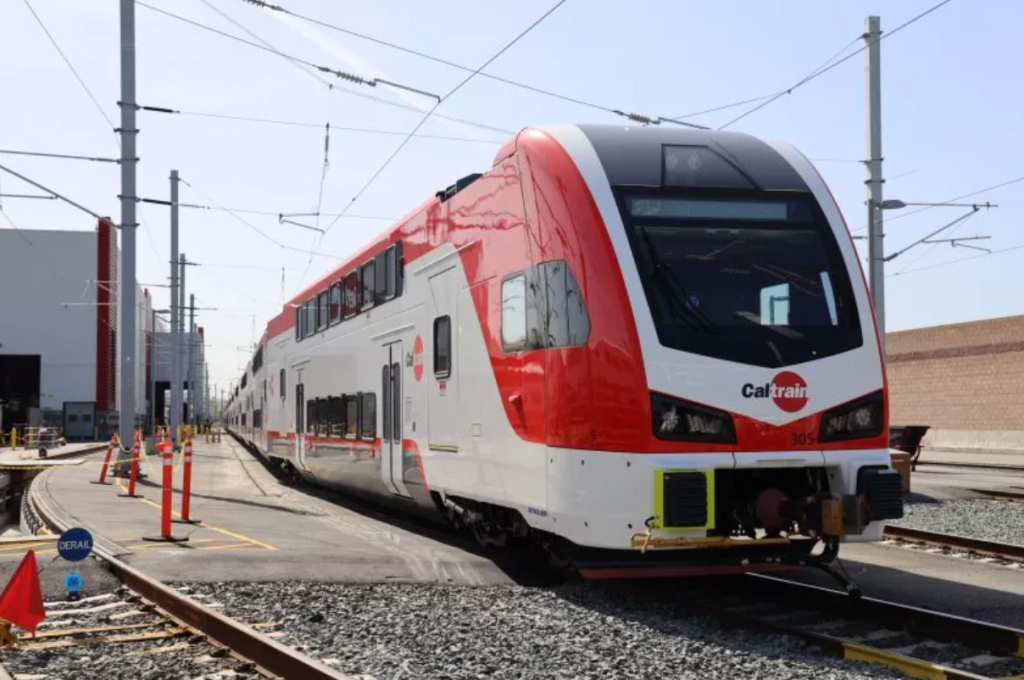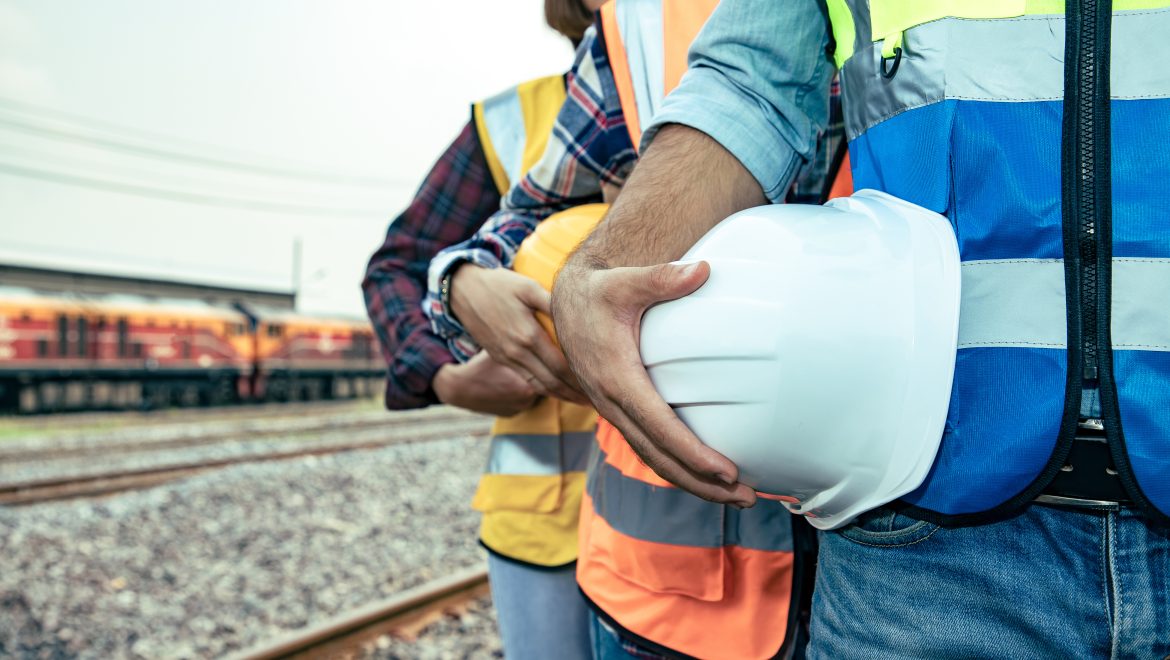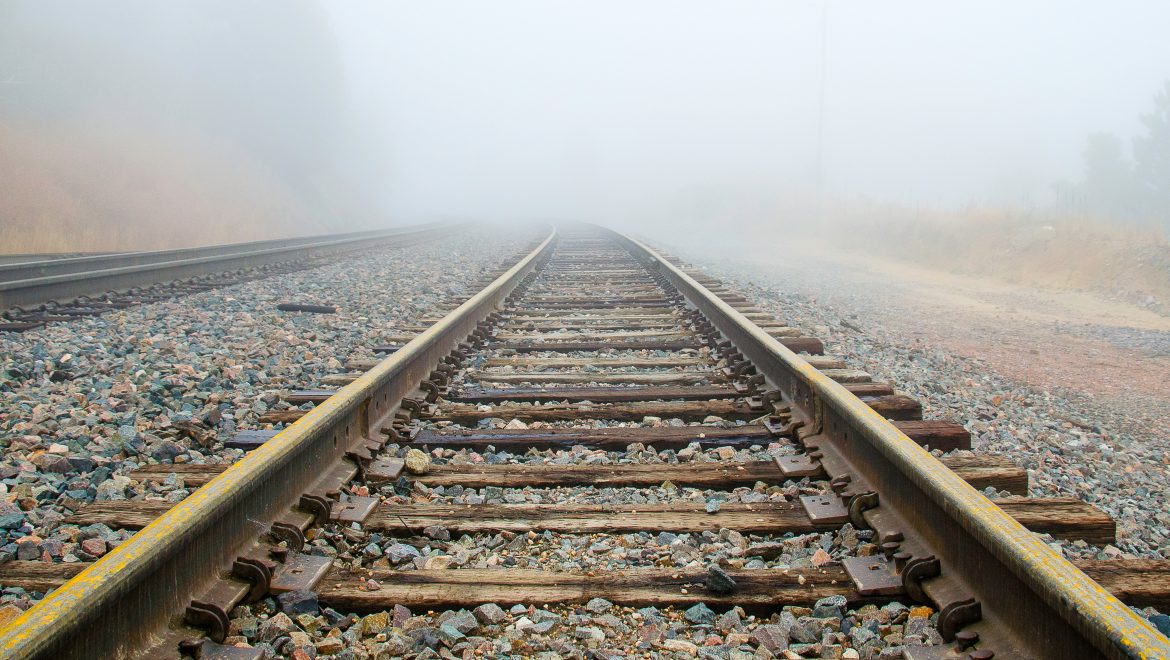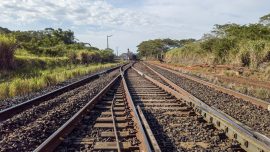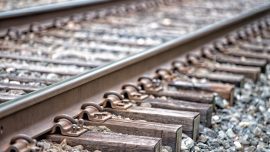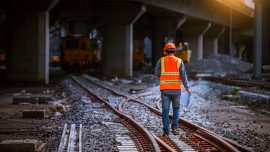The Impact of Proper Track Alignment on Railroad Efficiency and Safety
Why Proper Track Alignment Matters
Did you know that even a slight misalignment in railroad tracks can lead to significant safety hazards and costly maintenance issues? Proper track alignment is the backbone of efficient train operations, ensuring smooth movement, reducing wear and tear on rolling stock, and preventing derailments. In this article, we’ll explore the crucial role of track alignment in railroad efficiency and safety, and how R&S Track Inc. specializes in delivering precise track alignment solutions.
The Role of Track Alignment in Railroad Efficiency
Efficient train operations depend on well-aligned tracks. Misaligned tracks create resistance, requiring more energy to move trains forward and increasing operational costs. Proper track alignment contributes to efficiency in several ways:
- Reduces Fuel Consumption: Straight and properly graded tracks allow trains to move with minimal resistance, leading to lower fuel usage.
- Enhances Speed and Reliability: Well-maintained tracks enable trains to operate at optimal speeds without frequent slowdowns.
- Extends Track Life: Correct alignment prevents excessive stress on rails, ties, and ballast, reducing the need for frequent replacements.
By ensuring precision in track alignment, we help rail operators maintain cost-effective and reliable services.
Preventing Wear and Tear on Equipment
Misaligned tracks don’t just impact train movement; they also take a toll on railcars and locomotives. The excessive strain from uneven tracks accelerates the wear on wheels, axles, and suspension systems. Key benefits of maintaining proper track alignment include:
- Minimized Mechanical Failures: Proper alignment reduces vibrations and shocks that can lead to premature equipment failure.
- Lower Maintenance Costs: Less stress on train components translates to fewer repairs and replacements.
- Increased Lifespan of Rolling Stock: Trains operating on well-aligned tracks experience less wear and tear, leading to extended service life.
Our precision track alignment techniques help railroad companies protect their investments by ensuring minimal equipment degradation.
Ensuring Safety Through Precision Track Alignment
Rail safety is paramount, and poor track alignment is one of the leading causes of derailments and other accidents. Properly aligned tracks provide stability, reducing the risk of:
- Derailments: Uneven or improperly spaced rails can cause trains to leave the track, leading to catastrophic accidents.
- Track Failures: Poor alignment can result in structural weaknesses, increasing the likelihood of rail fractures.
- Cargo and Passenger Safety Risks: A smooth and stable track alignment ensures a safer ride for both passengers and freight.
We employ advanced surveying and track adjustment techniques to maintain the highest safety standards in every project.
How R&S Track Inc. Ensures Precise Track Alignment
We understand that track alignment is more than just a technical requirement—it’s a commitment to efficiency and safety. Our process includes:
- Advanced Track Surveys: We use state-of-the-art technology to measure track alignment and detect deviations.
- Precision Adjustments: Our team makes meticulous corrections to ensure tracks meet industry standards.
- Ongoing Maintenance Programs: We provide regular inspections and maintenance to keep rail lines in peak condition.
Our expertise in track alignment helps clients maintain smooth, safe, and cost-effective railroad operations.
Keep Your Tracks Aligned with R&S Track Inc.
Proper track alignment is essential for maximizing railroad efficiency, minimizing equipment wear, and ensuring safety. Misaligned tracks can lead to costly repairs, operational inefficiencies, and increased accident risks. With R&S Track Inc., you get expert track alignment solutions that keep your rail operations running smoothly and safely.If you need professional track alignment services, contact us today. Our team is ready to help you maintain the highest standards in railroad efficiency and safety.

